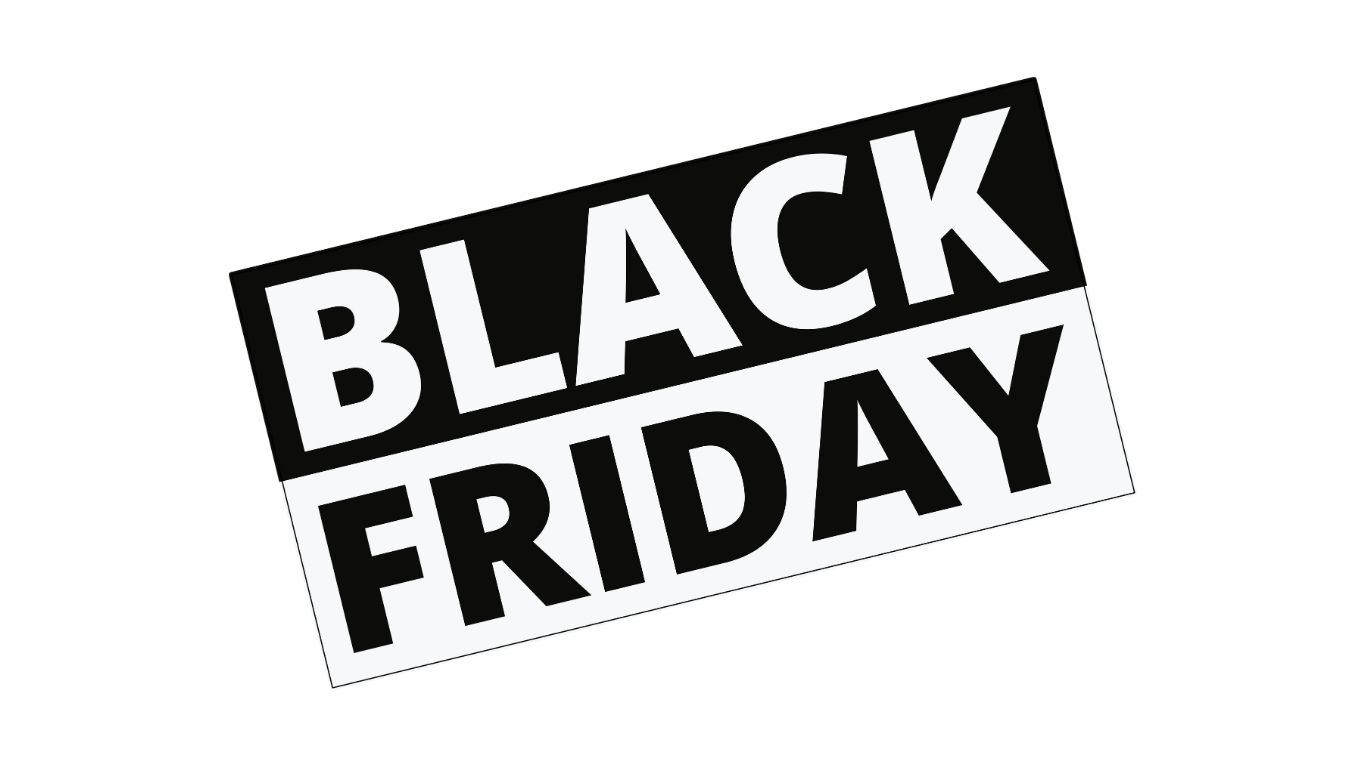Black Friday saw a surge in online sales in the U.S., reaching a record-breaking $9.8 billion, driven by deep discounts and the popularity of flexible payment options. According to Adobe Analytics, sales marked a 7.5% increase from the previous year, exceeding both Thanksgiving figures and Adobe’s initial predictions. U.S. consumers spent $5.6 billion on Thursday, up by 5.5%, surpassing the anticipated $9.6 billion for Black Friday.
Salesforce, using different metrics and analyzing transactions for 1.5 billion consumers, reported online sales of $16.4 billion in the U.S. and a global total of $70.9 billion. Notably, 79% of all shopping traffic occurred on mobile devices. These figures bring a welcome surprise to retailers facing overall sluggish growth, with only a 2.3% increase in retail sales last quarter, according to the U.S. Census Bureau.
Black Friday, traditionally signaling the start of the crucial holiday sales period, surpassed retail executives’ expectations. Rob Garf, VP and GM of Retail at Salesforce, attributed the success to heightened discounting efforts by retailers and increased consumer engagement.
Despite economic uncertainty and a 3% inflation rate (down from over 7% the previous year), the buy now, pay later (BNPL) options gained traction as consumers sought alternative credit solutions. Adobe reported a 72% increase in BNPL orders leading up to Black Friday, resulting in a $79 million rise in BNPL revenue for the period. The data suggests that even in the face of economic challenges, consumers are embracing flexible payment alternatives.



